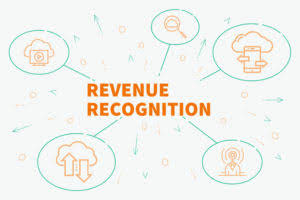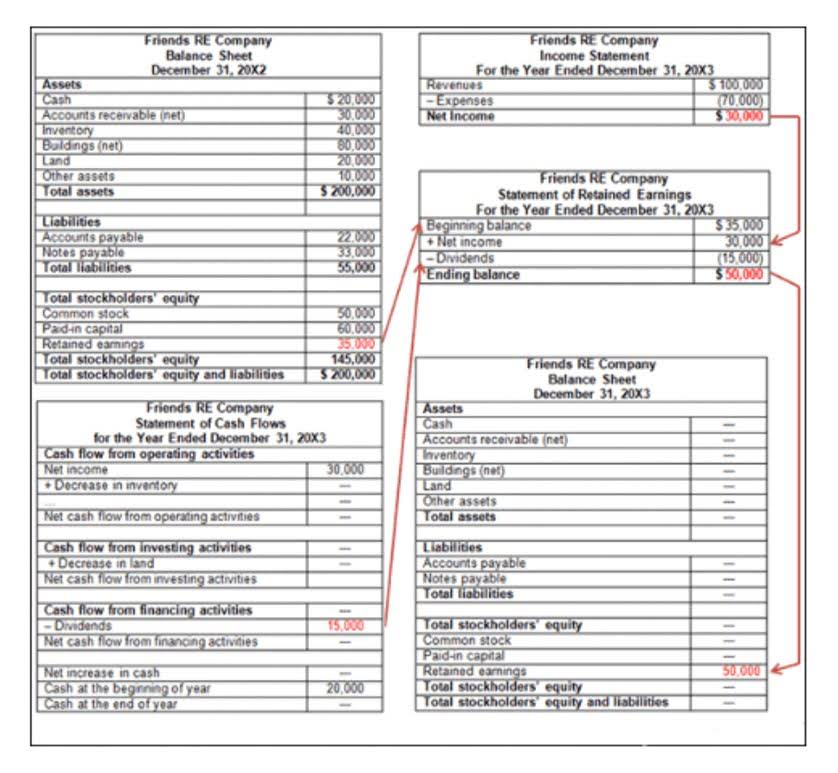
The Bottom Line Bookkeeping provides outsourced accounting and financial services to clients throughout the Denver area. The firm offers customized bookkeeping solutions according to the customer’s business structure and financial objectives. Its services include CFO Services, budgets, cash flow projections, bank reconciliation, and payroll. The business was founded by Carolina and Kathy Piedrahita, who are originally from Colombia.
We handle paying your day to day business expenses, including preparing your W-2’s, and 1099’s, paying your daily bills, or record daily sales deposits. As your trusted advisors on the job, there is never a worry about the reliability of the data. We support our clients by embracing traditional time-honored values of trust, professionalism and personalized service.
Introducing the 4 Corners Comprehensive Tax Guidebook for Business Owners
However, our staff is ready and available to address all your software needs including set-up, clean-up, conversion, training, and support. Schedule a free, no-hassle, no-obligation consultation with us and find out how much time and money we can save your Denver-based business today. Join hundreds of businesses that rely on us to handle their bookkeeping while you focus on growing your business. Apply for small business loans, mortgages, or equity lines of credit with confidence when you have clean, balanced books on your side. We try our best to keep you with the bookkeeping team you’re assigned when you come on board.

On a quarterly basis, our team of financial experts will help you review your balance sheet and cash flow statements, discuss you business growth, and plan for future goals. Boxelder will take the everyday bookkeeping off your plate https://www.bookstime.com/ and help you find peace of mind with balanced books each month. Denver’s best bookkeeping specialists ensure fast and easy setup, personalized reports, and white-glove service so your books are always accurate and current.
Get Organized
Finding the right bookkeeping service in Denver shouldn’t be difficult. We make it easy to get the help you need so you can focus on running your business with confidence, knowing your bookkeeping is in good hands. Accurate recording of your sales, revenues as well as Cost of Goods Sold and overhead expenses comprise the scorecard of how your business is performing on a monthly, quarterly and annual basis. Using this report to determine your gross profit margin and net income will help you make cost-cutting decisions or where to invest more funds, such as marketing or payroll. The need for bookkeeping services varies based on your business’s size and complexity. We’ll collaborate with you to establish a bookkeeping frequency that suits your requirements.
Its team handles bookkeeping to help clients solve flow issues and keep up with their businesses’ financial status. It also provides accounting services, which include going through existing records to get accurate data, analyzing clients’ current financial standing, and creating individualized reports. Additionally, it assists customers in organizing, preparing, and filing for tax payments and IRS auditing. Sound Advice Bookkeeping is a company that serves the needs of small, and mid-sized businesses in Denver and the surrounding metros.
Per month
The early years were spent at large corporate property management companies assisting with receivables and payables. With organized balance sheets and income statements, it’s easy to prove your business is worth investing in. Get your business back on track with a dedicated team of historical bookkeepers who will travel back in time and complete months or years of your overdue bookkeeping fast. Your bookkeeping bookkeeping denver team consists of 3 professionally trained bookkeepers, including one senior bookkeeper who reviews all of your monthly statements and your Year End Financial package. We will do 1 month of bookkeeping entries and provide financial statements for free. Parallel to her QuickBooks expertise, Amber embarked on a journey as an entrepreneur with her own professional organizing business, aptly named Amber’s Organizing.
BooXkeeping is a nationwide provider of affordable outsourced bookkeeping services to small and medium-sized businesses. We support and work with most major accounting and bookkeeping software platforms, making it easy to outsource to us and keeping you in control of your financial data. We also provide major IRS and state back tax assistance services and are determined to figure out fixed comfort to your back-tax burden. Apart from taxing work, payroll & bookkeeping services in Denver are provided by our firm. A few bookkeepers also give specific services, like payroll processing.




